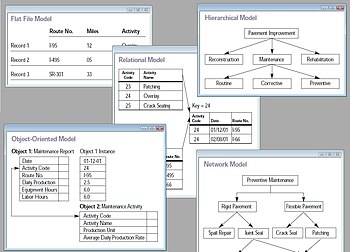Difference between Having and Where. The where clause works on row’s data, not on aggregated data. To znamená, že pomocí ní definujeme omezující podmínku při vyhledávání nebo manipulaci s tabulkami. Mezi oběma klauzulemi jsou ale významné rozdíly.

Instea what we will need to use is the having clause. If you have any questions, leave a comment below. AVG(titles.price) FROM titles INNER JOIN publishers ON titles. Where filters rows before aggregation.
SQL Aggregate Functions. The following query selects all the orders that have at least line items. A query can contain both the ‘ Having ’ clause and the ‘Where’ clause.

It is an extra WHERE condition in SQL. The WHERE clause filters rows on a condition. Linus Media Group is not associated with these services. Let us consider below table ‘Marks’. Must be used with groupby.
Anytime you want to filter by an aggregate (such as count) you need having. In addition, the were filtered with a calculation performed on a group (aggregate). Browse our posts that related to : having vs where sql - having vs where sql performance - having vs where sql server - having vs where sql example - having vs exists sql - t sql having vs where - ms sql having vs where - access sql having vs where - sas sql having vs where - sas proc sql having vs where - Bellow. The EXISTS subquery is used when we want to display all rows where we have a matching column in both tables. Having clause is use when we want to use select query to filter data from a table based on a aggregate condition.
Aggregate functions used along with the having clause are Sum, Count, Max and Min. In the subject of JOINs, I was asked if there are there any known issues using search arguments in the ON predicate instead of a WHERE predicate? The differences are as following below. Used in select statements to divide a table into groups and to return only groups that match conditions in the having clause. Start with our intro post.
So, Having clause should always be used along with group by clause in SQL. So far in this series, every query we’ve built has returned details, i. But sometimes, we want totals only, not details. The of a group by clause are restricted by using the having clause and only the rows specified are selected. Using an or operator in having clause. The having clause is always used with the group by clause.
This is similar to WHERE condition but is used with group functions. How the having , group by, and where clauses interact. It seems like the same data is returned. My exact problem is I want to select some records that have a dotted IP address as one of the fields. However, it’s not that easy in LINQ at the first look.
This is the place where the cost based optimizer comes to the help and does the optimizations for you rather than us doing it based on a NOT EXISTS or NOT IN clauses. Both keywords are used to filter records so they are similar but each has a situation where it should be used. La diferencia entre la cláusula having y where en sql es que la cláusula where no se puede usar con los agregados, pero la cláusula having puede. Una forma de pensarlo es que la cláusula having es un filtro adicional a la cláusula where.
In contrast the WHERE clause is applied to individual rows, not to groups. If it does, the condition is satisfied. Ask Question Asked years, months ago. Active years, months ago.
HAVING on non-aggregate columns.
Keine Kommentare:
Kommentar veröffentlichen
Hinweis: Nur ein Mitglied dieses Blogs kann Kommentare posten.